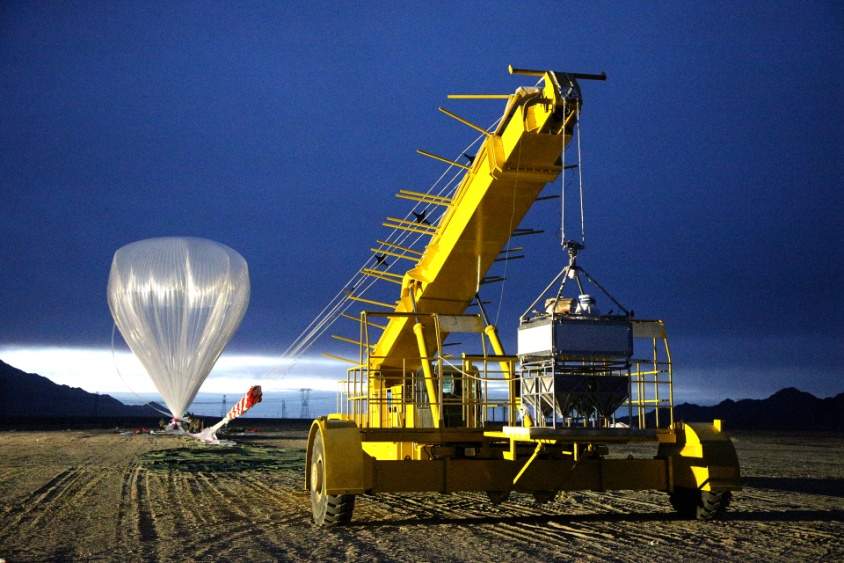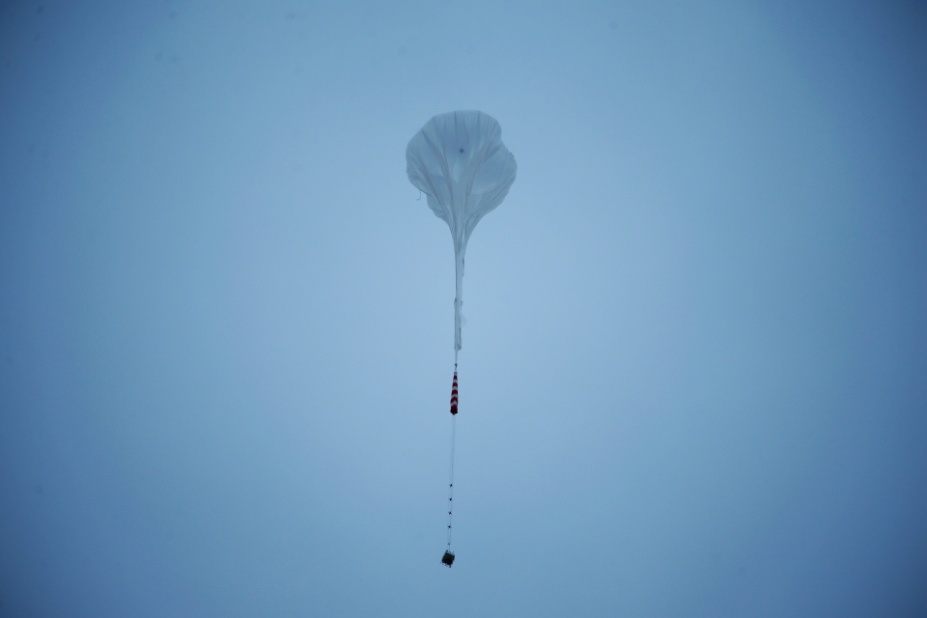
A high-altitude scientific balloon containing 1.2-ton payloads was lifted into the sky and reached an altitude of 30km in a demonstration test that helped validate the payload capacity of a near-space balloon platform.
The flight test was conducted in northwestern China's Qinghai Province on September 30, 2022, by a research team from the Aerospace Information Research Institute (AIR) of the Chinese Academy of Sciences (CAS), marking a further step in the development of China's high-altitude balloon platform.
Delivering payloads from the ground to the stratospheric region known as "near-space", the balloon platform can carry tons of scientific instruments, especially large-sized ones such as unmanned air vehicles over aerial-based launches.
During this test, the uninflated length of the balloon reached over 100 m. When fully inflated, the balloon reached the size of 180,000 cubic meters. Despite its big size, the ballooning was well controlled, and its gondola returned to the ground soundly.

Fig. 1 The balloon launch vehicle and gondola in the preparatory step. (Image by AIR)

Fig. 2 The balloon is inflated. (Image by AIR)

Fig. 3 The balloon is ascending into the sky. (Image by AIR)

86-10-68597521 (day)
86-10-68597289 (night)

52 Sanlihe Rd., Xicheng District,
Beijing, China (100864)

